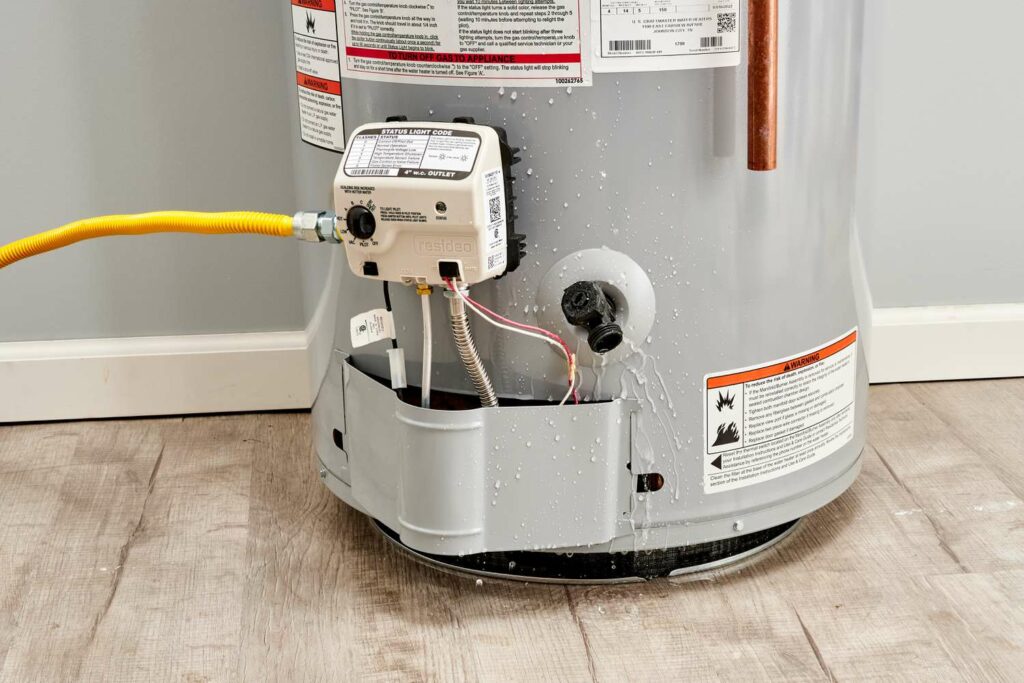
Boilers are an essential requirement for most households. Besides providing efficient heating, boilers ensure comfortable living spaces during cold weather. Modern boilers can supply hot water for showers, baths, and household tasks. They are known for their durability and reliability, requiring less maintenance than other heating units. Unfortunately, your boiler may have diverse issues. One common issue is boiler leaks which can be a real concern for homeowners, tenants, and building occupants. To prevent the issues from worsening, call out experts specializing in boiler repair in Staten Island and Queens.
What are the common reasons boilers leak?
Boiler leaks commonly occur due to many factors, encompassing structural and operational aspects. Root causes may include material degradation, corrosion, faulty gaskets, inadequate maintenance, excessive pressure, or poor water quality. Professional intervention is highly necessary to prevent further hazards associated with leakage.
What are the most common boiler leaks?
The most common boiler leaks include pressure relief valves, cracks or corrosion in boiler parts like pipes and heat exchangers, and leaks from worn-out seals or gaskets. These leaks can reduce efficiency and performance, causing potential safety hazards. Prompt repair or replacement can mitigate adverse consequences.
How do you fix a leaking boiler?
There are few steps one might have to follow to fix a leaking boiler. Nonetheless, it is best hand it over to the experts. They have experience and expertise to fix the issues without causing any disruptions.
- Turning off the power: The first step is to switch off the boiler’s electrical supply to ensure safety during repairs.
- Shutting off the water supply: Next, one has to locate the boiler’s water supply valve and close it to stop water flow into the system.
- Identifying the source of the leak: The third step involves inspecting the boiler to determine the exact location of the leak. Common areas include valves, pipes, fittings, and the boiler tank.
- Replacing faulty parts: If the leak is due to a damaged valve, pipe, or fitting, replacing the faulty component with a new one makes sense. The technician will use the right parts for your specific boiler model.
- Tightening loose connections: Then the professional expert will check for any loose connections around the leaking area and tighten them securely with the help of a wrench or suitable tool.
- Patching small leaks: For minor leaks, an expert can use a boiler sealant or repair tape specifically designed for high-temperature applications. The manufacturer’s instructions come handy for them, enabling them to apply the sealant properly.
- Repairing corroded areas: If the boiler’s tank or any other metal parts are corroded, a professional technician can repair or replace the affected components.
- Test for leaks: After making the necessary repairs, turn on the water supply and power the boiler. Monitor the system closely to ensure there are no more leaks.
- Check pressure and temperature: Verify that the boiler’s pressure and temperature are within the recommended range. Adjust if necessary, following the manufacturer’s guidelines.
- Regular maintenance: Schedule regular maintenance for your boiler to prevent future leaks. This includes inspections, cleaning, and addressing any minor issues promptly.
It’s crucial to consult a certified heating technician or boiler expert if you are unsure about any steps or if the leak persists. They have the expertise to handle complex repairs and ensure your boiler operates safely. Their industrial experience and expertise in boiler repair in Queens and Staten Island enable them to deliver quick yet optimized results.

Over 35 years of experienced HVAC engineer and blogger with years of experience writing about various topics related to multiple types of HVAC systems installation, repair, and maintenance. I have been in this industry since my apprenticeship in 1985. Our team emphasizes quality workmanship while ensuring customer satisfaction is our top priority.




Leave a Reply
You must be logged in to post a comment.